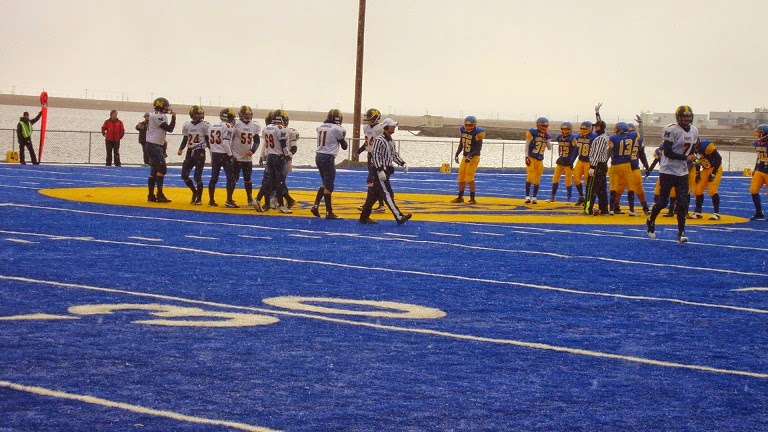Although people from the NGEE Arctic project will be coming
and going from Barrow throughout the month of September, I leave today on the
evening flight for Tennessee. It has been a great trip, first to the Seward
Peninsula and then to the North Slope of Alaska. We woke up this morning in
Barrow to fresh snow, about an inch. We often comment that “summer” is 90 days
in length at this high-latitude location. A quite look back on my notes and
albedo records kindly provided by our colleagues at NOAA, suggest that bare
ground first appeared this year on June 5 with a snow-free landscape maybe a
week later; so just short of a 90 day summer. Hard to believe that biology, at
least biology aboveground in the form of vegetation must complete its life
cycle in this brief period. Just imagine the challenges of a plant root growing
at the permafrost boundary or microbial communities releasing nitrogen through
soil organic matter decomposition in this cold, often frozen environment!

As I pack for the trip home, I would like to thank everyone
who made this a successful trip. The selection of a series of Phase 2 sites on
the Seward Peninsula is a significant milestone for the project, one that will
facilitate our modeling objectives into the future, as will the continued science
being conducted on the Barrow Environmental Observatory. I would like to thank
Cara Mousa who has helped post many of the blogs during this trip. She does a great
job of supporting me and the project, and a real lifesaver when I am away from the office.
Also, not too many “Pics of the Week” but here are a few for
your enjoyment. David Graham (ORNL) contributed the photo of the lemming...thanks. And yes, they do play highschool football in Barrow. The season opener pitted the Barrow Whalers against the Homer Mariners. The playing field is easily within sight of the Arctic Ocean.
Be safe, be productive,
and enjoy your science!














